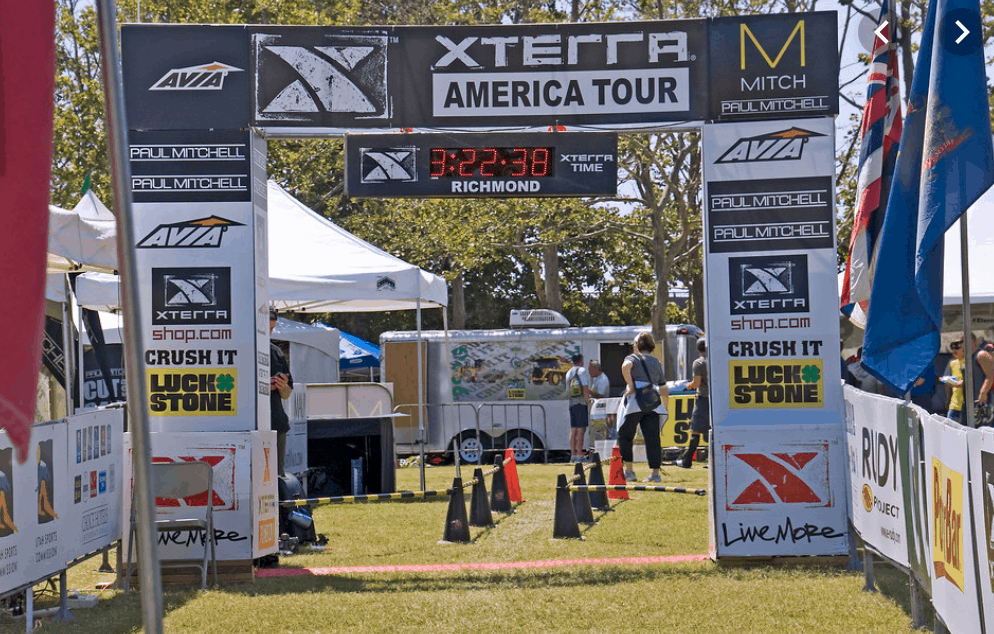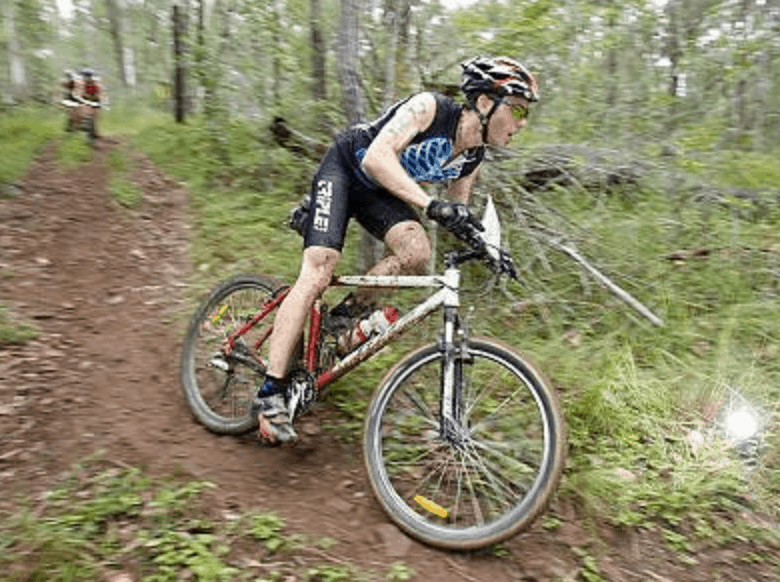There are few things that are harder and yet more fun than an off-road triathlon. Not only do you have to do everything that you would normally have to do in a triathlon, but you are also going over terrain that is sometimes quite a bit technical.
It is vital that you train hard for a triathlon if you want to cross that finish line. Just as important as the training itself, however, is making sure that you are training the right way. You might think that you can swim a little, ride a mountain bike, and run that you can do a triathlon, but this is not the case.
1. Train For The Swimming
Not a lot of triathlon competitors are very good swimmers. Even if you are good at swimming in a pool, that is quite a bit different in a number of differences when it comes to swimming in open water. The bigger the body of water you are swimming through, the greater these differences will be.
First of all, the water is not going to be clear, you may even have to swim through things like kelp. There will also be no lane markings to help guide you, so you will be bumping into the other swimmers. You need to train yourself on how to handle this.
All of that being said, you need to practice swimming as much as you can in open water and not just in a pool. In particular, you need to learn how to how to use the swells to your advantage and how to tell when to breathe if there are actual waves.
Finally, pay attention to the weather. If it is cold enough then you may get to wear a wetsuit, and this can help you with your floating and make swimming easier for you, but this is something that is usually decided on when the temperature is checked the morning of the race. If you are going to be swimming towards the sun you will want to have dark goggles too.
2. Train For The Cycling
When it comes to training for the cycling part, the most important thing is really getting used to your bike. Learn exactly how to get the most out of your gears and also that you have your bike set on the right gear for the first stretch of the biking trail.
Then there are also certain “traffic rules” that a race may or may not have. For example, many races have zones there you are not allowed to pass. This may be a narrow area of the trail or a spot where there is a steep descent, but if you break the no-passing rule you will either get a penalty or completely disqualified.
3. Train For The Running
The running section often feels like it drags on and on. To help with this, you are really going to have to work on your cardio so that you are capable of running even when you feel exhausted from the other two stages.
To help with this, the running stretch often has aid stations with water and snacks so that you stay hydrated and don’t pass out. While you do not have to practice running every day, it is better to train with your running when you are tired so that you strengthen your endurance.
4. Train For The Transitions
While the total time you spend transitioning might not seem like it would add up to a whole lot, a bad transitioning can add up to a surprising amount of time that is lost. There are several factors that you need to train yourself for in order to do good transitions.
One of the most important things that that you should train yourself both mentally and physically for the transitions. When you first get out of the water you can often feel a little bit disoriented. Some people liken this to the way you feel after spinning around a few times.
Then there is also the jelly-like feeling that your legs can get when you get off of your bike and start the running section of your triathlon. In each of these cases, knowing what to expect is half of the battle. The other half is preparing for the effect of the transition.
For example, when it comes to the transition from the biking to the running, it is vital that you make sure to pedal and move your legs around as much as possible during the last mile or so before your transition even if you are going downhill.
This will help to loosen up your leg muscles some and it will help your legs to adjust more quickly to running. Adjusting to the next stage as quickly as possible will make you faster as you pick up your rhythm.
When it comes to training yourself physically for the transitions, this involves building up what is called muscle memory. It is important to practice over and over again changing your shoes and any other items out.
Practicing this repeatedly in the same order will help you not only change your shoes and other things faster, but it will help you not to fumble or anything like that on the big day of the race. The more you can get this part down without even having to think about what you are doing the better.
5. Do Your Research
The first part of doing your research well is making sure that you know the distances that you need to be able to travel during each stage of the triathlon. But this is only the basic information and you should do a lot more research.
In particular, you should research the specific race that you intend on participating in. While most triathlons stick with something that is close to the usual distances, some of them do not do so. Then you will also have some that will have certain quirks that you will want to know about in advance.
If you know what course the triathlon will be taking and any other detail possible, then you will better know how to train for it. This can be a huge help in both your mental and physical training if you know what is up next when you are in the race.
Sometimes these differences can be huge! Sometime a small town may hold a small version of a triathlon that has the swimming part indoors or the running part on treadmills while the cycling is done on electric bikes.
Then, some triathlons can even have substitute activities so that if you can’t swim you can choose to instead do a set distance in a kayak! This is not even to mention that some of these do not time your transitions, allowing you to take your time and catch your breath without having to worry about falling behind.

This is why it is so vital that you never go into a triathlon blind and why you should never take the setup for granted. It will never hurt you to call and ask if you need to in order to find out this information, but it may hinder you in the race if you are unaware of something.
This brings me to the next part of doing your research that you should always do. This is to join a group of people who train for Triathlons. These people have hands-on experience and quite possibly even know a few race-day tricks and tips that only people who have participated in a triathlon themselves would know.
Conclusion
No matter how hard your train and prepare for your first triathlon, there will often be curveballs that you would never have expected. Almost no race will go perfectly. You may get kicked in the arm during your swim, your leg might cramp up on you while you are on your bike, or you may even trip on a rock and fall while you are running.
This is why you should be mentally prepared for at least one thing to go wrong during your race. You do not need to panic, just take a deep breath, do your best to deal with the problem, and then move on.

